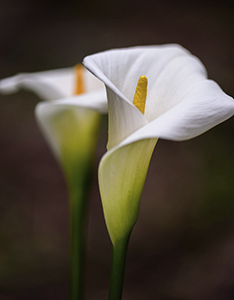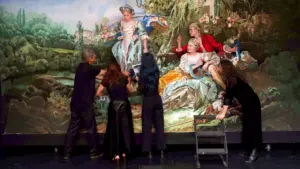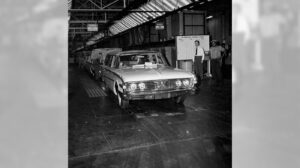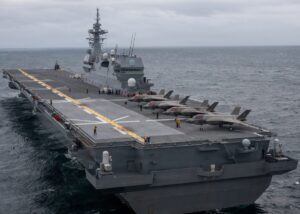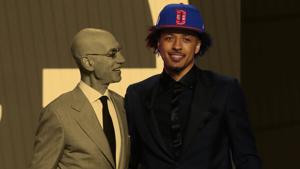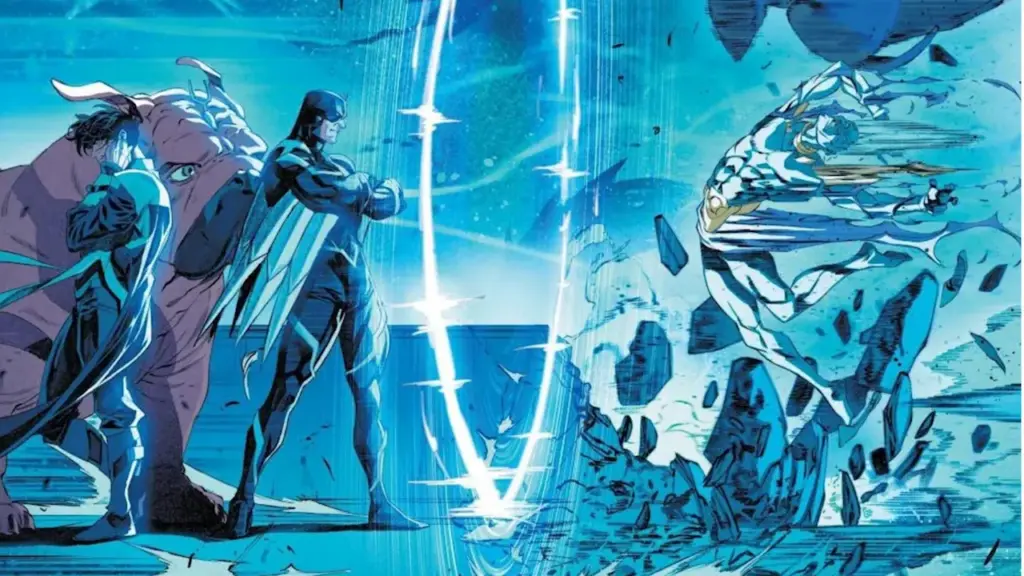
Marvel’s cosmic comics have long captivated audiences with their expansive narratives and vibrant characters. While the publisher has maintained a strong legacy since the 1960s, recent efforts to refresh its cosmic offerings have sparked both enthusiasm and criticism among fans and critics alike. This article examines the strengths of Marvel’s cosmic universe, its historical roots, and the challenges faced in recent series.
Celebrating the Legacy of Cosmic Marvel
Marvel’s cosmic comics originated with the visionary talents of Jack Kirby and Stan Lee, who first introduced readers to a universe filled with extraordinary beings and intergalactic conflicts. Over the decades, creators like Jim Starlin, Ron Marz, and Keith Giffen have further enriched this universe, expanding its mythology through compelling storytelling.
In recent years, writers such as Al Ewing and Jonathan Hickman have taken on the mantle, bringing fresh perspectives to the cosmic narratives that fans have come to love. Their works have often been marked by intricate plots and a deep exploration of character motivations, allowing for a blend of action and emotional depth that resonates with readers.
While DC Comics has its own impressive cosmic narratives, including the New Gods and various Lantern Corps, many enthusiasts believe that Marvel’s cosmic stories hold a unique place in the genre. The interconnectedness and complexity of Marvel’s characters, such as Nova, Star-Lord, and the Inhumans, create a rich tapestry that continues to engage audiences.
Recent Challenges in Cosmic Storytelling
Despite the strong foundation laid by previous creators, Marvel’s recent cosmic series have faced scrutiny. A notable example is the four-issue series led by Jonathan Hickman, which aimed to rejuvenate the cosmic side of the Marvel Universe. While it sought to eliminate some less favored recent ideas, it inadvertently altered beloved plotlines and characters, leading to mixed reactions from long-time fans.
The narrative featured a central twist involving Black Bolt, a character seeking to strengthen the Inhumans in their struggle against the Kree. This plotline, while ambitious, drew comparisons to classic works such as Alan Moore and Dave Gibbons‘ landmark comic. The similarities in storytelling approach raised questions about originality and execution, especially given the high bar set by earlier masterpieces.
As audiences delved into this latest saga, many expressed disappointment over the perceived lack of depth and coherence in the storytelling. Critics noted that instead of crafting a standalone narrative, the series felt more like a vehicle to promote additional one-shots, diluting its impact. The result was a story that, while ambitious, did not connect with readers in a meaningful way.
In contrast to classics that have stood the test of time, Hickman’s latest installment struggled to establish a strong emotional core. It lacked the intricate world-building and character development that have defined successful cosmic tales. As fans reflected on the series, they found themselves longing for the narrative richness that once characterized Marvel’s cosmic adventures.
In summary, Marvel’s cosmic comics remain a fascinating subject for exploration, with a storied past and a dynamic present. While the legacy of creators like Jack Kirby and Jim Starlin endures, the recent challenges faced by contemporary writers highlight the complexities of maintaining the essence of this beloved genre. As Marvel continues to evolve its cosmic universe, the balance between innovation and tradition will be crucial in captivating both new and loyal readers alike.
